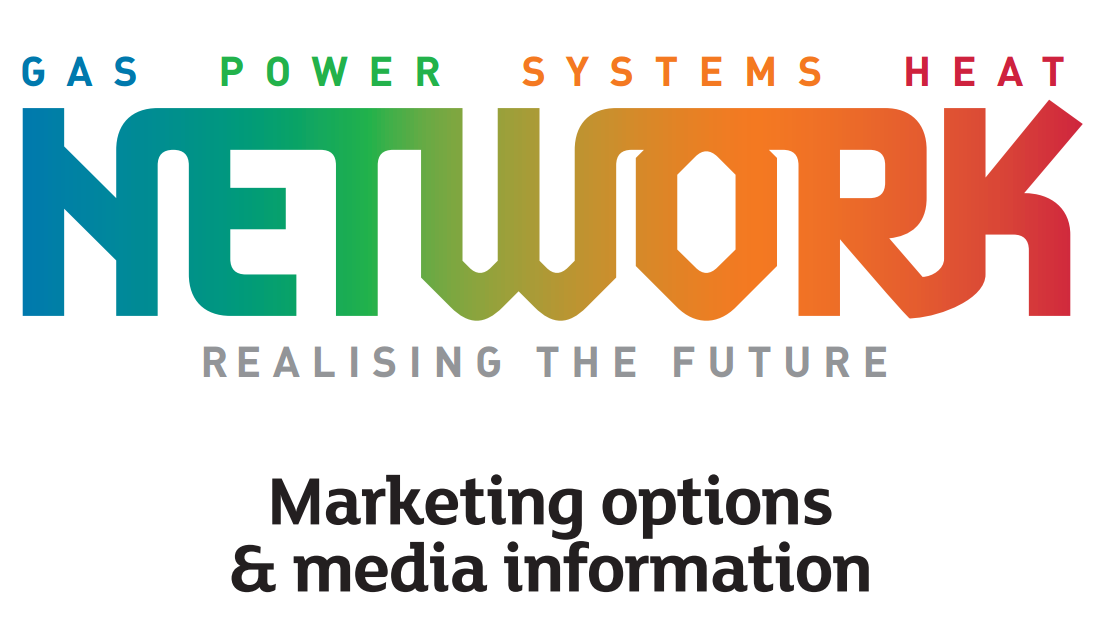Wellbeing at work is built on a foundation of data
Data gathering is key to many aspects of networks' operations, but not always the first priority when it comes to constructing a staff wellbeing and mental health policy. Dame Carol Black tells Network why she'd like data, and the insights it offers, to sit at the heart of wellbeing initiatives.
17th December 2019 by Networks

For Dame Carol Black, an expert on the relationship between work and health and author of three key government reviews on the subject, the missing element in today’s debate about workplace wellbeing is data.
While many organisations are implementing what she calls a “basket of interventions”, in the hope that yoga classes and employee assistance programmes (EAPs) or Mental Health First Aid training will help to de-stress their staff, Black believes that these are often introduced without any data-backed insights into the problems they’re trying to address, nor followed up with research on whether they are working.
So data and measurement is one of three critical elements that Black, a speaker at Utility Week’s recent Health and Safety Conference, advises employers to tackle if they are serious about addressing rising levels of work-related stress and ill-health.
First, if an organisation’s board or governing body starts to receive regular reports on staff absenteeism, presenteeism or “churn”, then the issue is instantly placed on a par with financial reporting, or any other form of performance measurement, creating a spur to action.
People are training mental health first aiders, and genuinely think that these people will have the desired effect. But we simply don’t know if that’s the case.
Dame Carol Black, government adviser
“Organisations usually don’t have a clue [about data],” says Black, who is currently undertaking a fourth government review on drugs and violence. “If you don’t have data and knowledge about the organisation and haven’t consulted staff on what they’d like, how do you think it will make a difference? If proper data on the health of employees is considered by the board, they nearly always respond – just as they respond to financial data.”
The other two must-haves, she argues, are an open culture around mental health that is disseminated down throughout the organisation from leadership level, and training line managers in mental health and stress awareness. Although Black says that she does not know the utility sector well, she gives honourable mentions to Thames Water and Anglian Water Services for their commitment to corporate wellbeing.
It’s getting better, slowly
As Black is the first to stress, employers have improved their performance on staff wellbeing in recent years. “People genuinely want to do the right thing, it’s not the same problem we had 10 years ago when people didn’t want to talk about mental health.”
However, she believes that good intentions and anecdote have substituted for robust data and empirical evidence. And while that’s true at an organisation level, it’s also true at a national and policy level.
“The truth is we don’t have any proper trials that have been conducted scientifically to tell us what the best thing is, so we tend to go on the basis of best practice. I’d love to see some proper work done by companies in association with an academic department, or the National Institute of Health Research or a research council.”
One specific area where research could build an empirical evidence base is the Mental Health First Aid programme. Two 2017 reports, by the Health and Safety Executive and academics sponsored by the Institute of Occupational Safety and Health (IOSH), agreed that while the training benefited those who undertook it, there was little evidence that it had a positive impact on organisation-wide levels of mental health.
As Black says: “People are training mental health first aiders, and genuinely thinking that these people will have the desired effect. But we simply don’t know if that’s the case. Companies hope and believe this will be a good thing to do. But it’s a classic example of where you would like to see a proper study.”
Objective data would also allow companies to take a differentiated approach to workforce needs, recognising that different groups will respond better to different interventions, such as mentoring, or financial literacy support. “Who are the most vulnerable members of their workforce, is it the young workers, or the middle aged women with caring responsibilities? If you don’t know, you’re not using the resources you’ve got well,” she suggests.
Another suggestion is aimed at occupational health and occupational hygiene teams, who tend to focus on monitoring and managing the “classic” workplace risks: hand-arm vibration syndrome (HAVS), hearing loss, contact dermatitis, musculoskeletal disorders. Black would like to see these practitioners embrace a more general role.
“Occupational health is fine and necessary, but it doesn’t address all the problems; my feeling is they should expand their area to focus more on wellbeing and mental health. HAVS is important, but it’s not a big-ticket item that stops people from working.”
Comments
Login on register to comment
Related content

Gas
From the front line: Chris Garside and Andy Simcoe, Northern Gas Networks
Key workers across the power and gas networks are playing a critical role in the national response to Coronavirus. Network has committed to profiling their stories.

Heat
New construction director at Switch2 Energy
Appointee brings experience from Vattenfall and Eon

Gas
Call for key worker nominations
Network magazine to celebrate dedication of critical staff
![‘Learning by doing’ on the road to net zero [test product]](https://networksonline.s3.amazonaws.com/products/images/3.jpg)
